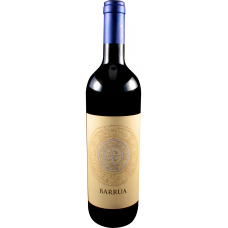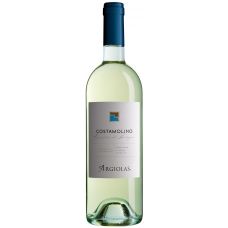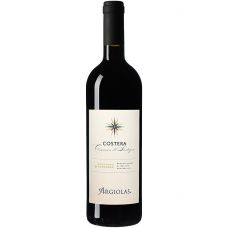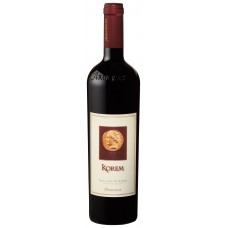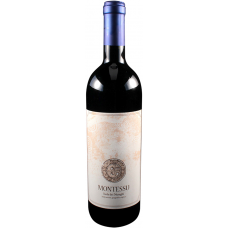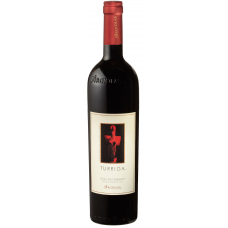Sardinia was governed by Carthage before being conquered by Rome and many subsequent cultures followed: Byzantines, Arabs, and Catalans Sardinia was ruled by the House of Savoy until the 18th century, when it was annexed by Italy Historically, geographically, and culturally, Sardinia has been a sort of cultural crossroads—like Sicily—and while very distinct from mainland Italy, the island is still purely Italian True Sardo fare is based on that found in the rustic inland areas and relies more on meat than seafood, despite the abundance of the latter in the surrounding waters.
Sardinia is Italy’s leading producer of organic produce, a testament to the fertility of the land Fennel and juniper are some of the most characteristic spices but overall Sardo cuisine is varied and unique, and sometimes as indescribable as the nuraghi (ancient stone towers) that dot its landscape Heritage remains prevalent in Sardinia often in the form of music Ancient instruments and improvisation are hallmarks.
Tradition reigns strong, particularly in the islands wines, widely considered oddities that epitomize Sardo taste However, word did reach this remote land that wine drinkers worldwide sought light fresh flavors, and Sardinia has risen to the occasion Although visited by multitudes of foreign countries over the years, the most lingering influence is Spanish as is evidenced by the presence of grape varieties such as Cannonau (a relative of Grenache), Monica and Vermentino—all of Spanish origin French influence has been important as well, as witnessed by extensive planting of Carignan.
Varieties unique to Sardinia are Girò, Nuragus, Torbato and Vernaccia d’Oristano, which produces a dry, Sherry-like wine Nuragus, named after the island’s historic stone towers, is the leading white variety and covers one third of Sardinia’s vineyard space followed closely by Vermentino.
- 750ml
- 750ml
- 750ml
- 750ml
- 750ml
- 750ml

